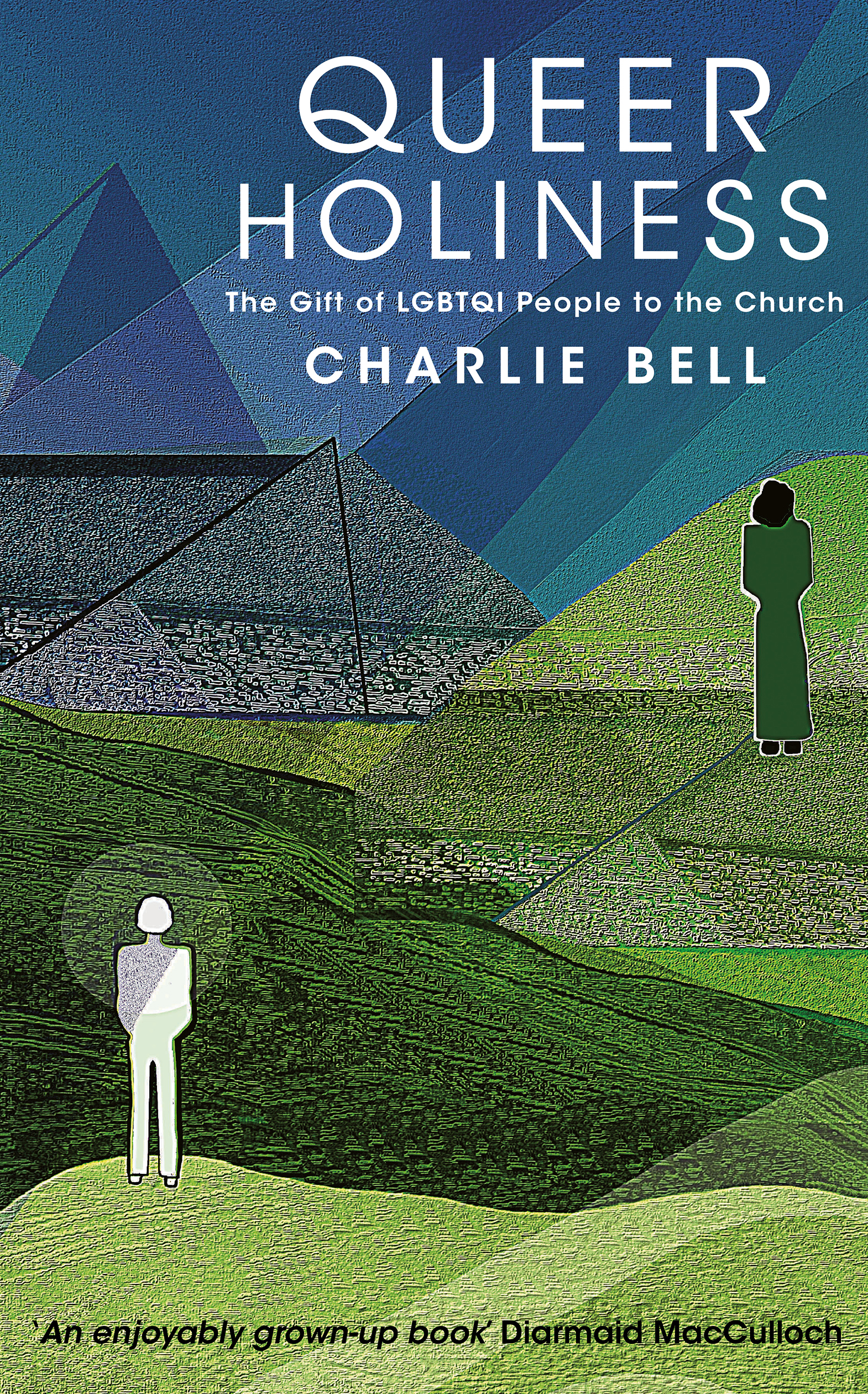Queer Holiness
The Gift of LGBTQI People to the Church
Charlie Bell
Hardback |224 pp |216 x 135 mm
‘This is an enjoyably grown-up book. As such, it is a useful rebuke to the desperate immaturity of the Church of England’s official stances on sexuality, but it is also a gift to the wider Christian Church: a call to enrich its mission and to listen more closely to the implications of the Gospel.’
‘Charlie Bell has written a fine, orthodox Christian book. He is faithful to God’s revelation, respectful of Scripture, committed to a good future for the Church. He will not stand for a world where the lives and loves of LGBTQI people are disdained or intellectualised as a subject for “debate". His anger is real and measured and true, placed in a context of divine love and human holiness, like the anger of the biblical Jesus himself. And in the end he points us to a vision of a whole humanity redeemed in Christ; a vision of glory. Very highly recommended!’
‘This insightful book is a comprehensive survey of the role of scripture, tradition and reason in understanding what it means to be human and Christian, focusing consistently Christ, human and divine, and on “being human”. The author describes it as a call to action – for LGBTQI people, their allies, and the whole people of God. I hope it will be very widely read and pondered: It deserves to be.’
LGBTQI people in the church have spent a long time being told what God expects of them and how they should behave. From prohibitions on who they might love or marry, to erasure and denial, the theological record is one in which LGBTQI people are far too often objectified and their lives seen as the property of others.
In no other significant religious question are ‘theological’ arguments made that so clearly reject overwhelming scientific and experiential knowledge about the human person. This book seeks to find a better way to do theology – not about, but with and of LGBTQI people – taking insights from the sciences and personal narratives as it seeks to answer the question: ‘What does human flourishing look like?’

 Follow us
Follow us Connect with us
Connect with us Pinterest
Pinterest Writers' videos
Writers' videos Instagram
Instagram





